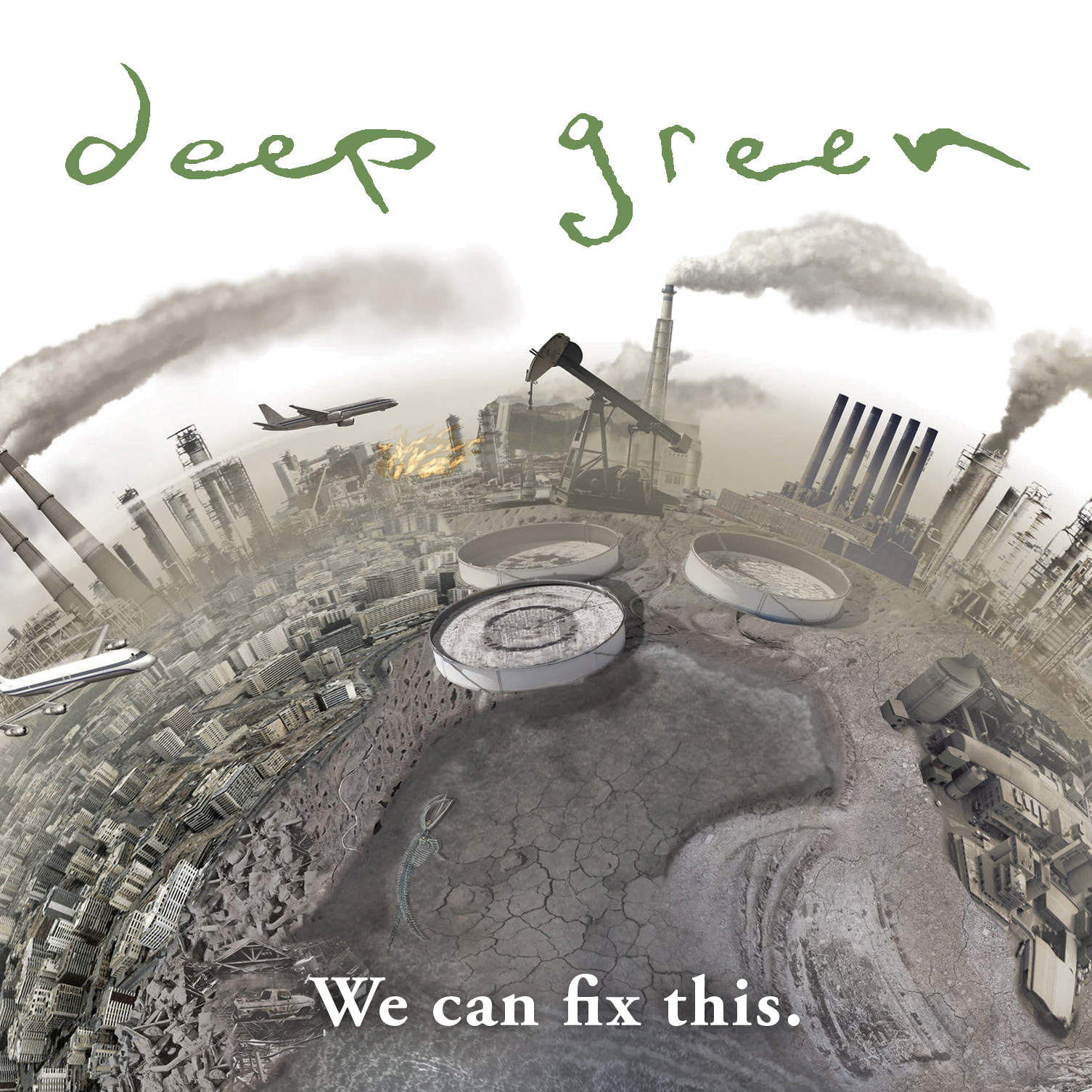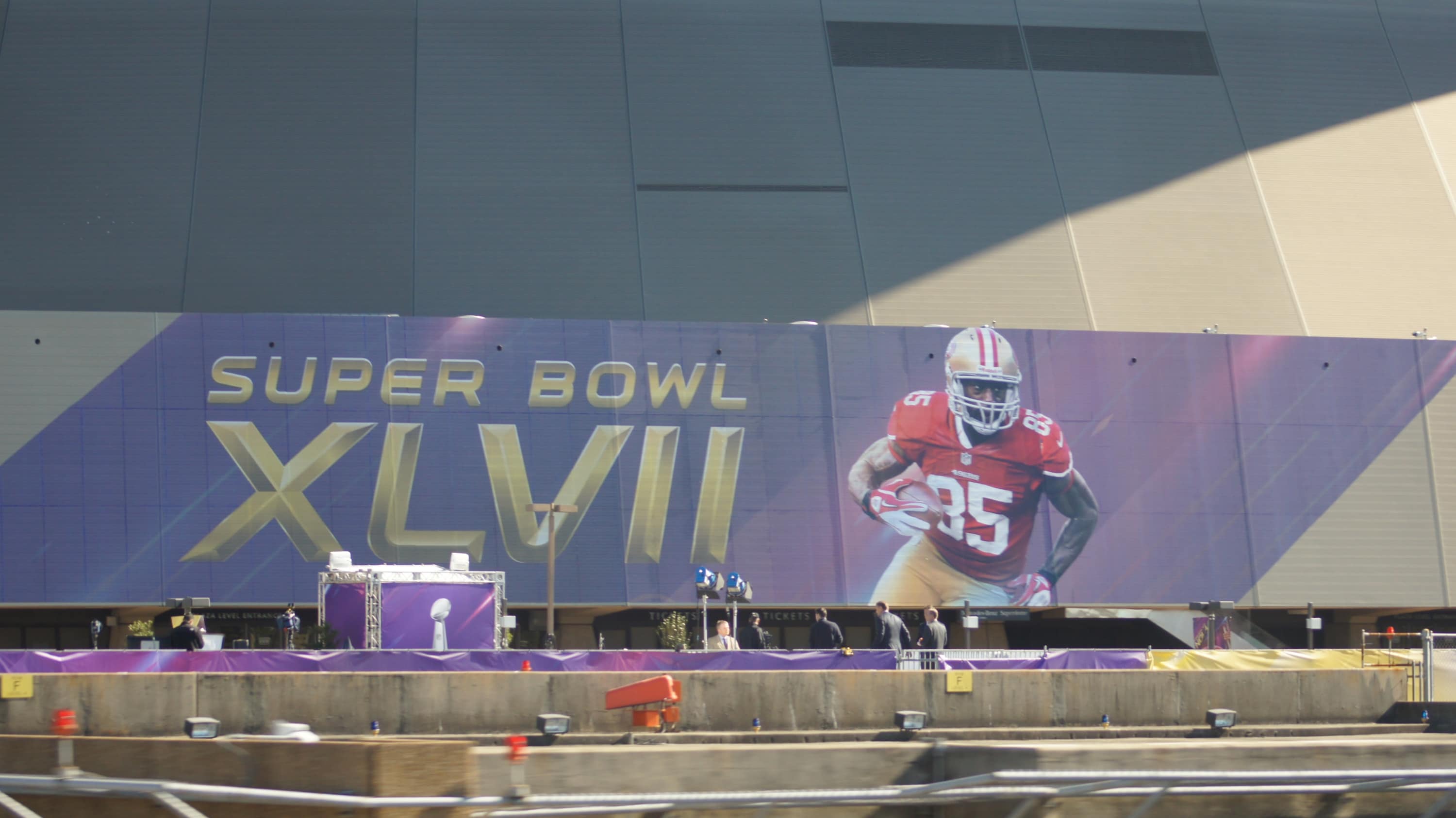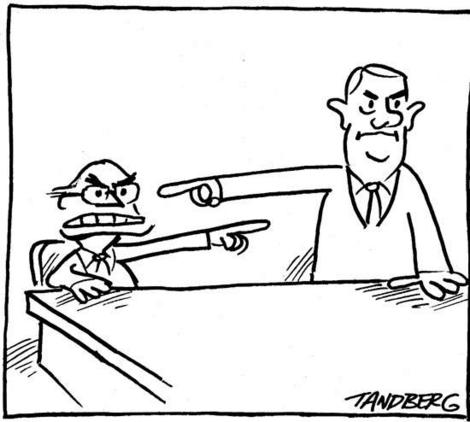As we approach the 50th Anniversary of Earth Day, Uncle Mark and I are keenly aware that the world we’ve been living in is unsustainable. The world-wide quarantines and stay-home orders have given the Earth a chance to breathe in a way She hasn’t been able to for decades.
From China to India, from Los Angeles to the Great Lakes, and from most of the busiest cities around the world, pictures are surfacing of air pollution disappearing as human activity virtually ceases. If the air can clear that much in just a couple of weeks, imagine what might be possible if humans curb other forms of pollution as well.
Just a couple of months ago, the biggest argument against such changes was economic. Yet, here we are, with an incredible opportunity to re-design the future.
To celebrate Earth Day and bring attention to climate solutions, we dedicated the inaugural episode of “Rise ‘n Shine! Not Just for Mornings Anymore.” to Matt Briggs, Writer, Director and Producer of “Deep Green”, an up-beat, solutions oriented documentary about what one person can do, also shares how much economic sense it makes – personally and nationally – to go green and help save our planetary Life Support System.
Part of Uncle Mark’s and my intention in creating the show at all is to help create a future vision of what’s possible, and open doors to conversations that will guide us forward.
With that in mind, we wanted to share this incredible vision of possibilities by a man who has taken on being “that one” who takes action and shows the rest of us what’s really possible.
Originally published in the Lake Oswego Story Project, the story below is a fictional look back from the year 2050. Matt wrote it in the Spring of 2016 – back when Obama was still in office (for a few more months anyway), it looked like the U.S. would be fully on board with the Paris Climate Agreement, and there was no pandemic even on the horizon.
We hope it inspires you to take a look around your home and your life to see what small changes you might be able to make. And if you need some additional ideas, or even a step-by-step plan, visit our Rise ‘n Shine Fan Club for downloads and materials that will help you get started.
***
Looking Back from 2050 to 2016 in Lake Oswego:
What We Did to Stop Global Warming And Save Our Life Support System For Our Children’s Children
by Matt Briggs, Director of “Deep Green”
It’s March 31, 2050. I just turned 100 years old today, and I’m riding my self-balancing electric bike through one of Lake Oswego’s city-wide bike paths into Millennium Plaza at the huge year-round Farmers Market for local Restorative organic farmers.
As I ride into downtown with my new stem cell grown knees and hips and my Apple Memory Hard-drive hooked to my helmet, everywhere I look I see the change that came from The Oregon Statewide Climate Plan and Lake Oswego adoption of it in 2017 that eliminated 80-90% of our carbon emissions by this year, 2050.
I see solar panels on almost every house and business roof and community solar along main highways connected to our Statewide Smart Grid of Renewables and Energy Storage facilities balanced in a smart grid by our wonderful Columbia River Hydropower and a little natural gas.
The tree cover has increased, and migrated by design to the north sides of houses and businesses leaving the south exposure open to the sun to maximize energy for rooftop and wall solar panels. There is far less grass than in 2016 and all the lawnmowers are acoustic.
I see rainwater catchment systems on most houses and businesses—they get us about half the water we need and slow down rain runoff, and cut some of the 10% of carbon emissions from just pumping water.
Almost all the houses and businesses have been retrofitted from being energy guzzlers to energy sippers.
And work: These days smart machines do much of the work and most people work less and at home—telecommuting or teleconferencing with their colleagues.. I see far fewer cars on the roads and they are almost all electric run on renewable electricity. There is more happening in the City Neighborhoods. I just passed Porter’s Jazz Club headlining famous Oswegan jazz pianist Randy Porter—he must be old as dirt now.
When I think back on the last 35 years of what we did to mitigate the effects of climate change and create a better community in Lake Oswego, I would have to say I did not see it coming. In 2016, just about everybody thought the highest goal was more growth and more consumption. But research showed that we were consuming and polluting more than the Earth’s natural systems could process and clean up. We were poisoning ourselves—the smartest animal who had ever lived was committing environmental and economic suicide.
But the powerful corporations that made so much money off the extractive fossil fuel economy did not want to give it up. They spent massive sums to change the laws and control the lawmakers so they could keep destroying the Life Support System for money.
But all around the world in 2015-16, growing groups of people took the time to push back hard and work for solutions. The United States signed the Paris Climate COP 21 Treaty committing our entire country to get off fossil fuels by 2050. The Tar Sands Pipeline was stopped. In 2017, the new 9 Judge US Supreme Court upheld the United States “Clean Power Plan” phasing out high emission coal utility plants. In Oregon in March of 2016, lots of green organizations and companies worked with the two largest Utilities and hammered out the compromise “Coal to Clean” law to eliminate 80% of our Carbon Emissions by 2050. This eliminated all Electric Utility coal plants, accelerated the transition from oil to renewable electrical transportation. It also systematized the cultural and legal transition to a citywide codes and laws for Energy Efficiency and Conservation. All these were guided by the economics of Full Cost Accounting where all external costs like pollution, disease, decommissioning nuclear plants, the acidification of the oceans, droughts, floods, stronger storms, see level rise, massive forest fires, food and water shortages, environmental refugee movement, conflict were INCLUDED in the prices of everything and included in all decision making— putting the fair price on carbon emissions. This true cost made them expensive and unable to compete with clean energy and restorative action.
To get there, the whole State of Oregon including Lake Oswego adopted a Climate Master Plan that took 90% of the 2005 carbon emissions out of the sources— buildings, factories, appliances, electronics, agriculture, energy, transportation, and deforestation, and optimized the whole system in a smart grid that works.
Our goals changed from Quantity of Stuff to Quality of Life. We take more time for family, friends, and interests. Young and old live together in the same neighborhoods as income inequality has gone down. Life spills everywhere into the streets with sidewalk cafes, farmers markets, concerts, sports, gatherings of all kinds. With the cleaner air, water, and food, our health is much better and we are the richer for it both in our pockets and our attitudes.
I am gliding into the Farmers market now. The biggest solutions surprise was finding out how changing what we eat and how we grow it could lower emissions so much. When we shifted from long distance industrial, chemical and fossil fuel based agriculture to local, restorative, organic agriculture we got several big benefits:
These Farmers use a system of diverse cover crops and often quickly rotating animal herds that massively rebuild perfect soil by pulling 25% of all the carbon dioxide out of the atmosphere and the carbolic acid oceans and put it back into the soil. Our local farmers now get 25% more production with 50% less cost (no fossil fertilizer, no pesticides or herbicides, no plowing), 50% less work, and make more money producing lots of healthy food locally. And for our part, when we cut our meat consumption by 75% we eliminated another 15-20% of emissions from deforestation and animal methane(mostly cow burps). By changing the way we ate, we stopped global warming.
We are not done yet, but we rose to the challenge and made laws to protect our Life Support system and keep our destructive behavior in check. We decided that it made both environmental and economic sense to change the way we lived.
We adopted Wendell Berry’s Golden Rule:
“Do unto those downstream
the way that you would have those Upstream
do unto you.”
We gave our children’s children a chance at a good life.
***
As we look forward now from 2020, our lives are changing.
Over the last few years, we’ve been seeing powerful evidence of what will happen if we don’t change what “normal” looks like as storms continue to get worse around the world causing record flooding, forest fires devastated Australia, and climate change made summers hotter than ever across Europe.
Yet, right now, with the vast majority of humanity staying in, we’re also seeing powerful evidence that the Earth CAN heal itself when we humans change our ways.
Which tells me that we need the Earth FAR MORE than She needs us.
So, what is the story you want to be telling when you look back from 2050? Are you taking the time to evaluate which parts of “normal” you want to return to and which parts of this “new reality” you want to keep? Are you taking some time to look around your home to see what kinds of small changes can be made now, while you have the time you keep telling yourself you need to “get around to it someday”?
This is our chance.
______
Blog Post by Lori Anne Rising, international, award-winning author, and co-host of “Rise ‘n Shine! Not Just for Mornings Anymore.” on Voice America – Variety.
“Looking Back from 2050” story by Matt Briggs, Writer, Director and Producer of “Deep Green”. Learn more about what one person can do at www.DeepGreenMovie.com.





